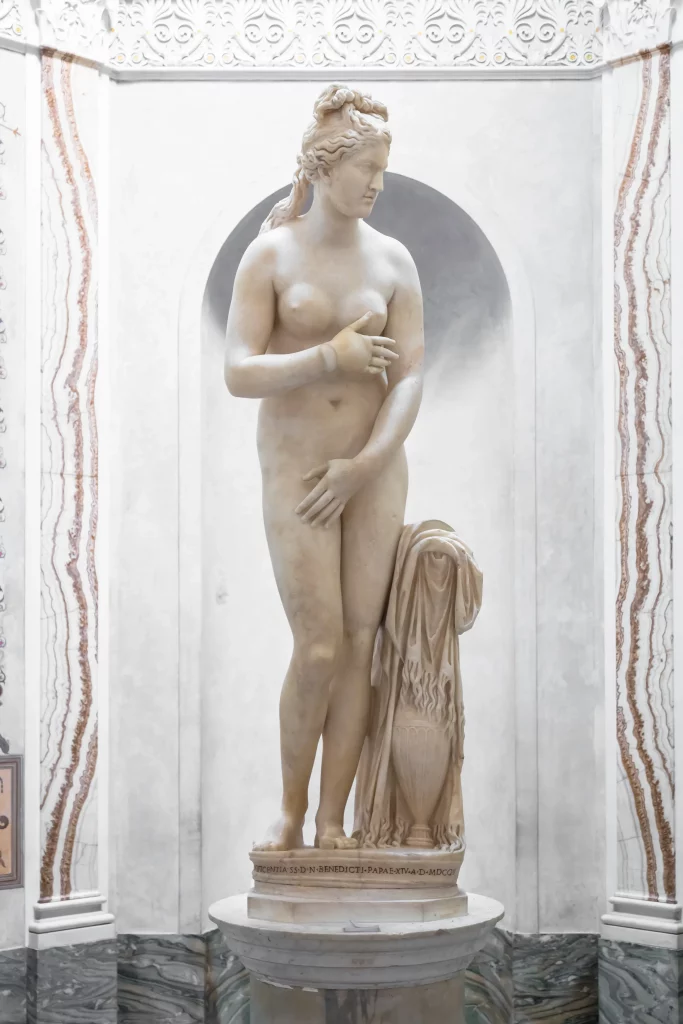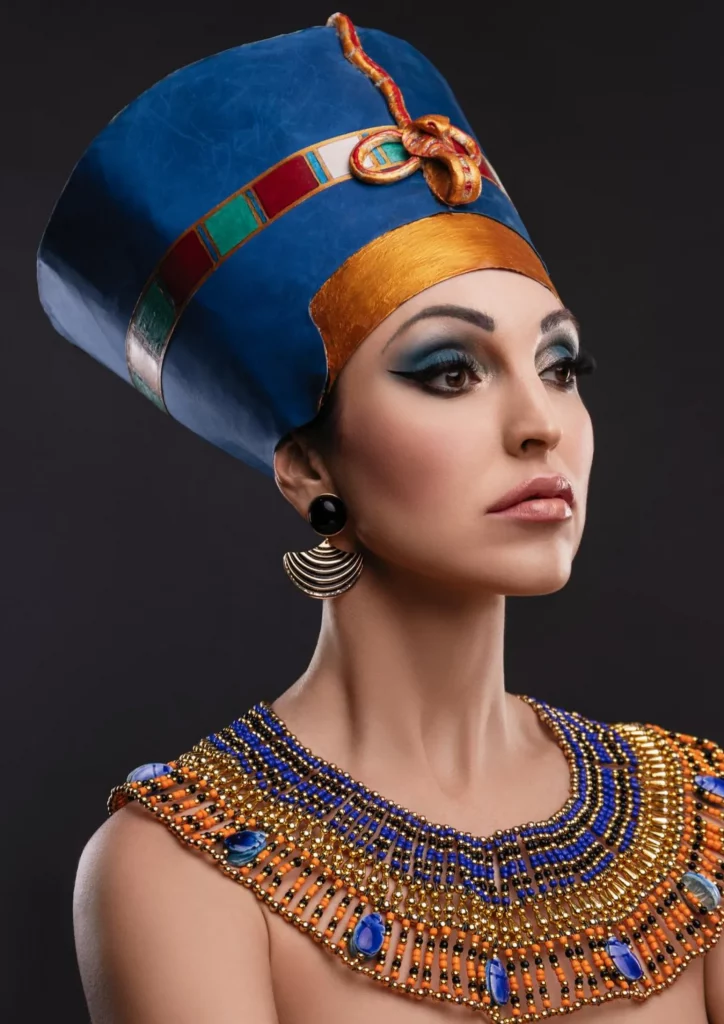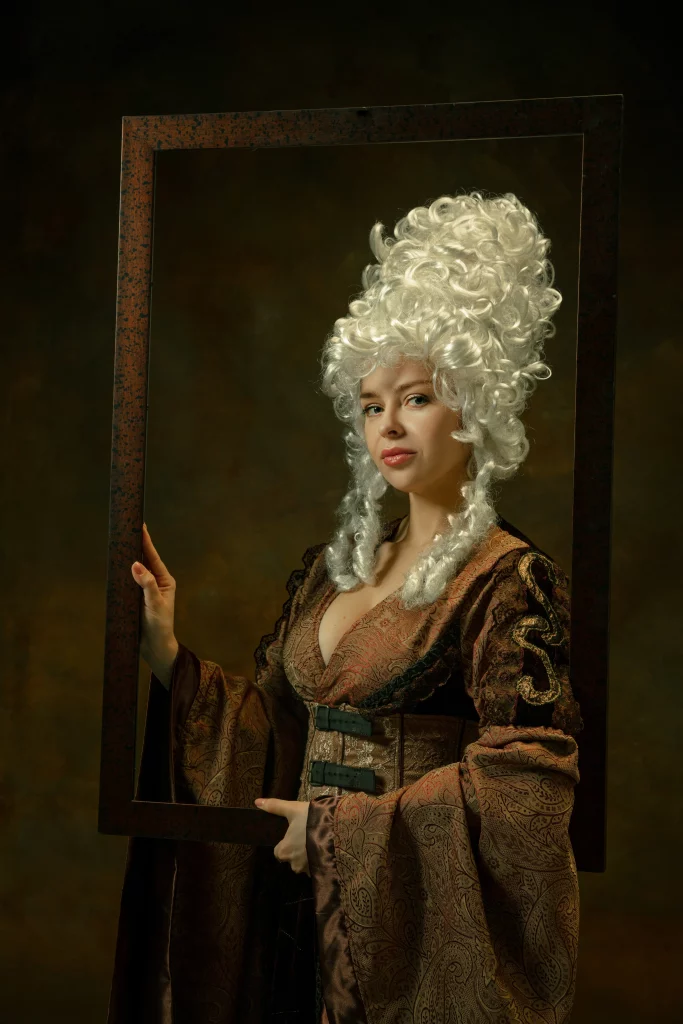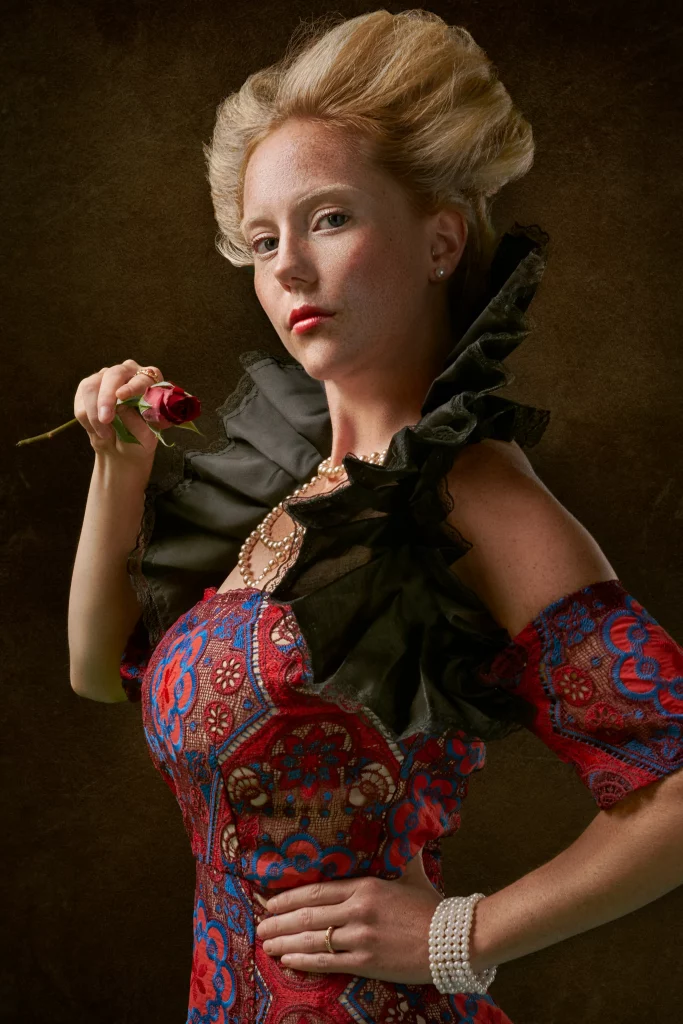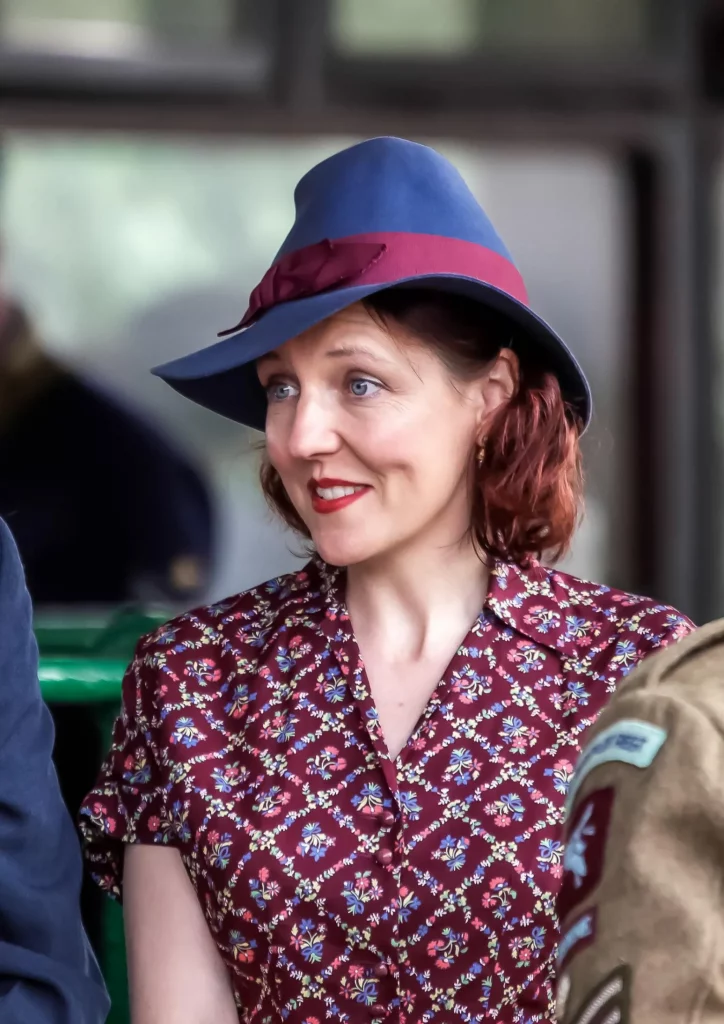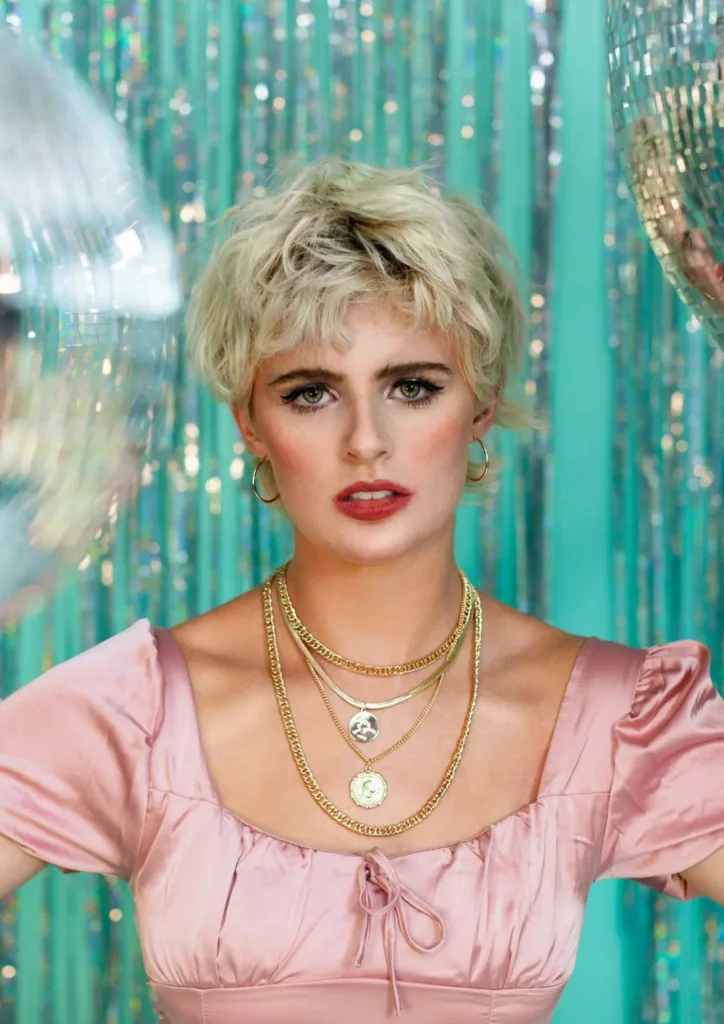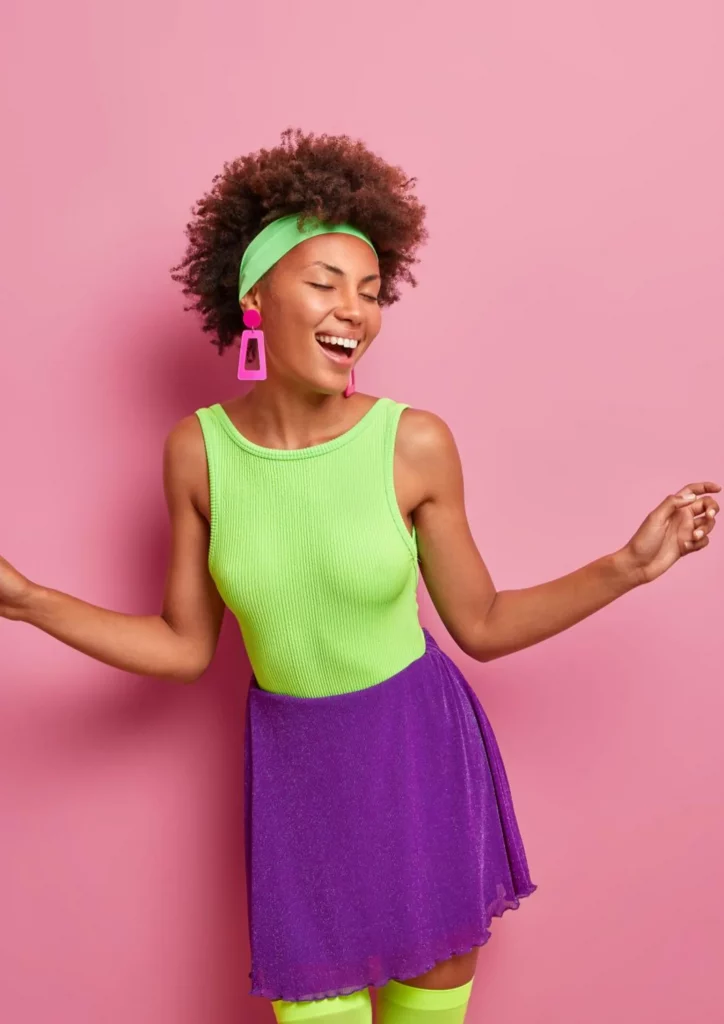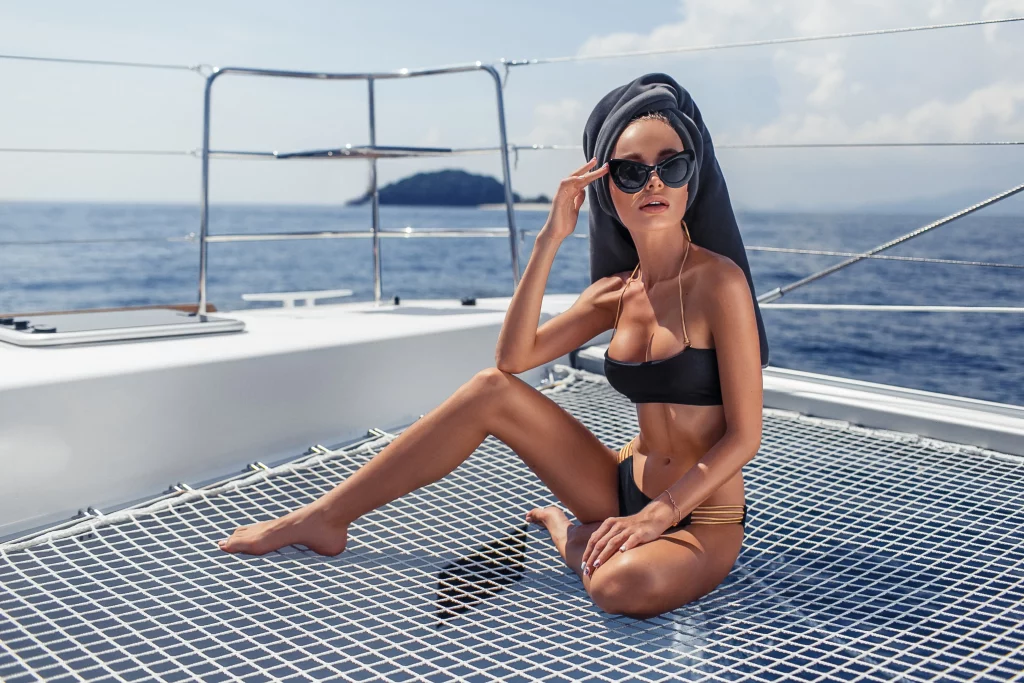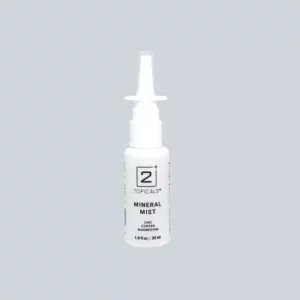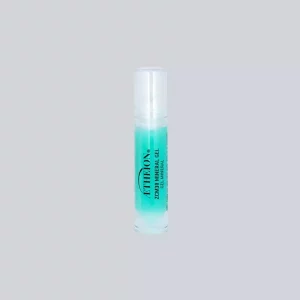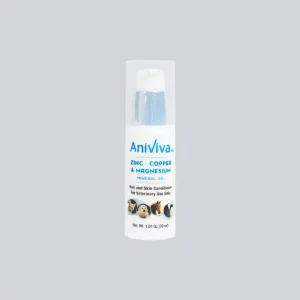11 Estándares De Belleza a Lo Largo De La Historia
Beauty is tricky to define; it can mean very different things depending on who you ask. It is hard to pinpoint an exact ideal of beauty today. However, this wasn’t always the case. For centuries, beauty has been very strict in its ideals. Let’s look at a few of the beauty standards throughout history.
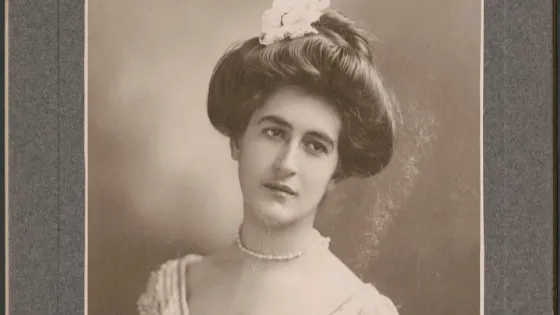
Beauty Standards Throughout History – The Original Trendsetters
Antiguos cánones de belleza griegos
They were considered timeless and very strict. These beauty standards set the trend for beauty ideals hundreds of years after their creation. Women were called korai and portrayed as tall, slender, reserved, and serene-looking.
Praxiteles even stated that his Aphrodite sculpture should show her off as a “shining statue of gold… Her color should be white mingled with red, like beautiful roses.” The ideal Greek woman was said to have had a “slim body, small breasts, broad shoulders and hips, thin waist.” This is hugely different from the standard views of beauty today.
Estándares de belleza del antiguo Egipto
The ancient Egyptians desired women with full hips and ample bosoms. It was because men thought they would be less likely to get into conflicts while pregnant. They also preferred women who were “plump and fleshy” for the same reason. The Ancient Egyptians also greatly valued full lips, lashes that curled to resemble an ox’s eye, and dark black irises. Historians can trace our use of cosmetics back to the ancient Egyptians, who used kohl to create dramatic smokey eyes. So many beauty practices trace back to this era.
Rosewater was extremely popular in skincare and is still used today in most cleansers and toners. It is because rose water can help to reduce wrinkles and tighten pores; it also smells incredible! The Egyptians used a red ocher paste to tint their lips and cheeks, burnt almonds to color their brows, and saffron as an eye shadow. Typically, every woman had her makeup box with these ingredients inside and would use them daily.
The Egyptians had a holistic approach to beauty, using copper not just for its aesthetic properties, but also for its health benefits. It is said that they even used it to line their coffins so that their bodies would not rot. Copper, a key ingredient in their skincare routine, has many benefits for the skin, one of which is that it can help heal wounds and scars. This not only enhanced their beauty but also promoted skin health. Copper is also known to have anti-aging properties, a fact that the Egyptians were likely aware of and incorporated into their beauty practices.
Estándares de belleza en la edad media
Middle-age beauty idealized the juxtaposition between masculinity and frailty. Men preferred women who were full-figured rather than stick-thin. Middle-aged women also prided themselves on their modesty; they wore veils to cover their hair, necklines that covered well past the collarbone, and dresses with long sleeves. They would wear light colors to show their piety.
The Middle Ages weren’t exactly known for their beauty standards. Beauty and self-care, in general, were often neglected due to harsh living conditions and strict religious morals. The early Middle Ages were dominated by the Christian faith. Using makeup and hygiene was almost unthinkable, relating beauty with danger and sin. It is mainly due to the story of Adam and Eve, where Eve is considered a promiscuous woman for expressing her feminine energy.
By the 12th century, cosmetics became widespread in medieval Europe. Apocatharies and doctors distributed beauty products. Herbal remedies were used to make potions and ointments to achieve fair skin. Also, heat water over a fire and hold the stone until it sweats. Use the sweat mixed with water to wash the face. Gemstone remedies also grew popular, such as heating or cooling the gems and applying them directly to the skin to remove blemishes.
Estándares de belleza de la era Victoriana
The Victorian era was all about having the perfect appearance. Women were to be petite, fragile, and, most importantly, pure. Anything that could be considered sensual or sexual was considered taboo. For example, women were encouraged to hold their fainting spells to avoid ruining their delicate figures.
For a woman to be successful in Victorian society, she had to adhere to stringent beauty standards. Pale skin was the norm and considered beautiful, while sun exposure could lead to permanent damage and ruddiness. Furthermore, women were expected to avoid excessive physical activity to prevent bloating. Curves and an "hourglass figure," resembling a wasp waist, was considered the epitome of beauty.
For Victorian women, corsets became necessary for achieving the ideal figure. Corsets created a tiny waist and large hips by severely constricting breathing and organs to achieve maximum growth. Moreover, women had to regularly apply whitening lotions to remove freckles or any other sign of imperfection. Otherwise, their suitors would insult them.
Estándares de belleza de los años 50
The 50s beauty standards focused on larger-than-life glamour. Women would use large amounts of hairspray and bleach to look like Marilyn Monroe. If you notice, her natural color seems quite dark, but since she consistently paled it for shoots, no one—not even herself—knew what her “real” hair looked like. The iconic hourglass figure was also trendy, with most women using girdles to achieve that waist-to-hip ratio.
The 1950s were a time of changing beauty standards. Although large breasts were still considered beautiful, the ideal image of “the girl next door” became more prominent. Women started to wear more practical clothing, including pantsuits and pants. Some women even refused to wear bras, considering them too restrictive or uncomfortable.
Estándares de belleza de los años 60
The 60s were a time of breaking boundaries and allowing women to take control of their lives. The idea "if you've got it, flaunt it" became popular among women. It became more common for women to wear pants, shorter skirts, and even see-through blouses.
Strawberry blonde hair was famous in the 1960s, particularly among Hollywood stars like Brigitte Bardot. Push-up bras were also extremely popular during this period. This encouraged women to push up their breasts so they would resemble the size of the breasts of movie stars. Like Marilyn Monroe, women would go to extreme lengths to achieve that perfect blonde hair. They bleached their hair several times until it was bright enough, then used pink shampoo to maintain the color longer.
"Big is better" also became a popular phrase during this time. The rise in popularity of larger breasts illustrated this idea. Women would wear push-up bras and never leave the house without a girdle to show off their curvy figures.
Estándares de belleza de los años 70
The 70s were a time when hippie culture was popular, impacting many women's views on beauty. Many women started to wear their hair naturally – without having to bleach or dye it.
Body image was also less critical during this time, and women felt free to wear men's clothing. Men's pants became more popular in the feminist movement, while some men started wearing makeup, including body glitter and lipstick.
Estándares de belleza de los 80
Los años 80 fueron la época de los grandes negocios y los excesos. Estar al día con las tendencias era extremadamente importante, y las mujeres se ponían implantes de pecho para conseguir unos pechos más grandes.
Desde los años 80 se han producido más de 1.000 películas sobre la cirugía plástica, lo que demuestra lo crítico que era este tema para las mujeres de la época. Los años 80 fueron una época en la que los hombros grandes, el pelo abundante, los pantalones ajustados y los colores brillantes dominaban la escena de la moda. Esta imagen fue acentuada por estrellas populares como Madonna.
Las mujeres podían llevar lo que quisieran en los años 80, incluidos los crop tops y los tacones de aguja. También se teñían el pelo de colores locos, como el rosa, el azul o el verde, para estar a la última. En aquellos años, la moda femenina se basaba en gran medida en revelar todo lo posible.
Estándares de belleza de los 90
El concepto de belleza cambió drásticamente durante la década de 1990. Ya no se centraba en alcanzar un estado idealizado de perfección, sino en la individualidad y la confianza en uno mismo.
This was the first time trends like tattoos, piercings, and multiple earrings became popular for women. For the first time, as well, bald women became trendy. The "waif" look – emphasized by extremely thin models such as Kate Moss – started to be considered beautiful. In the 90s, women started to wear more masculine clothing. They wore pantsuits, ties, and other items typically worn by men.
2000s Beauty Standards
La década de 2000 es muy interesante porque presenta una combinación de las dos imágenes presentadas en la década de 1990. Las mujeres ya no se esforzaban por la delgadez ni por alardear de sus partes del cuerpo; en cambio, se centraban más en cómo podían utilizar sus cuerpos para expresarse.
Celebrities became highly influential in the 2000s, so many people started getting plastic surgery to look like them. The era of “monsters refers” began with female celebrities who were successful both financially and sexually.
El presente
Today, women's beauty standards are in a constant state of flux. Women are now at a point where they can wear whatever they please, experiment with vibrant hair colors, and adorn their bodies with tattoos, taking cues from influential figures like Rihanna or Angelina Jolie. The notion of an 'ideal' body shape has dissolved, allowing women to truly embrace their unique forms, a testament to the empowerment they now feel.
Society no longer pressures women to change their appearance to meet beauty standards. Many people believe that today's media needs to place more emphasis on female appearance; however, this doesn't mean that the industry has stopped pressuring women to look like certain celebrities. On the one hand, it is beautiful that the media do not constantly monitor the female body, but on the other hand, society still pressures women to look a certain way.
Just as one beauty standard fades, another swiftly takes its place. Despite the strides made in empowering women, the emergence of new beauty standards is a stark reminder that the battle is far from over. Western culture has attempted to address this by encouraging women to stay within the 'norm,' but we mustn't let this become a new form of limitation.
It is more than just clothes and makeup. Women's beauty standards encompass their personality, behavior, and appearance. They usually want to be intelligent, curious, ambitious, and resilient; in other words, they are looking for women who are strong physically and emotionally.
Experimenta El Embellecimiento Por Excelencia
As beauty standards roll in & roll out, avoid feeling the pressure to change yourself constantly. What matters most is how you feel about yourself. Self-love is a life journey, with no exact science to be free from society’s status quo. So, take the time to understand the basics of caring for your body - beyond vanity looks - and focus on providing the correct elements to yourself. Enjoy the road to a fulfilling life where your body functions in ways that allow you to explore the world around you.
Never lose yourself. Let us be part of your voyage with our quintessential beautification products!
Body Positivity: Positividad Corporal
Body positivity affirms that everyone deserves a positive body image, independent of how society and mass culture view ideal shape, size, and appearance.
Algunos objetivos del movimiento de positividad corporal son:
- Abordar los estándares corporales poco realistas.
- Fomentar la aceptación de todos los cuerpos.
- Question society’s view of the body.
- Ayudar a las personas a ganar confianza y aceptación de su cuerpo.
Body positivity also seeks to help individuals realize how mass media statements affect people’s relationships with their bodies, including how they feel about food, exercise, clothing, health, identity, and self-care.
Hopefully, people will be able to develop a healthier and more realistic relationship with their bodies through a better understanding of the effects of these influences.
Dedicate time to pampering yourself. Get enough sleep, eat well, exercise, have a rutina de cuidado de la piel, and do activities that you enjoy. The more you care for yourself, the stronger you will feel. After all, you must look after yourself before you can effectively help others.
At AETHEION®, we would love to be by your side in this self-care process. Our products harvest a unique science that can reduce skin oxidation. So, no matter your style, your skin health will boost your confidence!
Artículos Recientes


